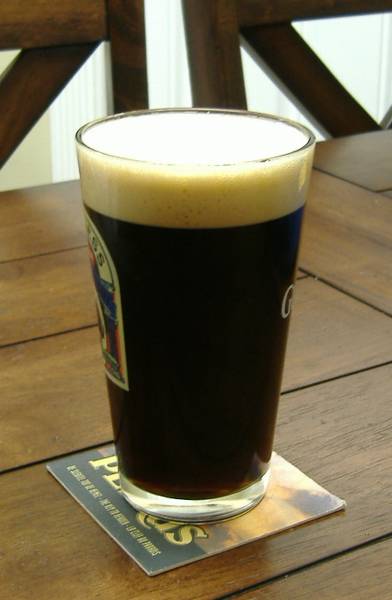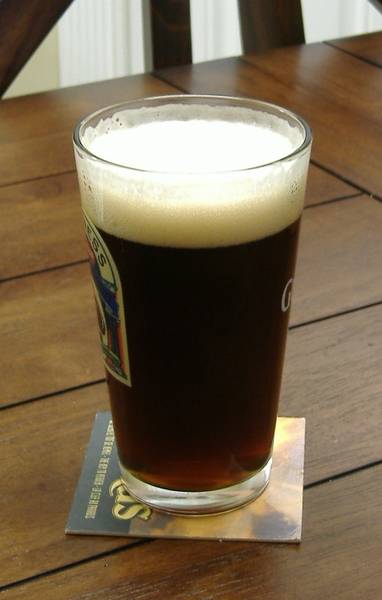I'm planning my first two-beers-in-one-mash; the lighter brew is a tried and true favorite, but I'm looking for a hop schedule for the stronger brew. Preferably a hop schedule from an existing similar recipe.
21 lb 9 oz Pale 2-row
2 lb 5 oz Crystal 60
3 oz Black patent
OG of entire mash is 1.068 (80% brewhouse)
This is scaled up from my irish red recipe which is 7lbs pale, 12oz crystal, 1oz Black patent.
The Irish red should come out at 1.045 and will get 1oz williamette for 60 mins and pitch S-04. Done Deal.
The bigger beer will be an American amber style winter warmer and should come out at 1.091. It will be fermented with US-05. I'd like it to be just on the hoppier side of balanced, maybe 50-60 IBU. I think I want american hops but not necessarily citrusy. I'm open to suggestion.
edit: using this for my numbers http://www.brewingtechniques.com/library/backissues/issue2.2/moshertable.html#2
If I have to do some pre-boil back blending to get it right then I will.
21 lb 9 oz Pale 2-row
2 lb 5 oz Crystal 60
3 oz Black patent
OG of entire mash is 1.068 (80% brewhouse)
This is scaled up from my irish red recipe which is 7lbs pale, 12oz crystal, 1oz Black patent.
The Irish red should come out at 1.045 and will get 1oz williamette for 60 mins and pitch S-04. Done Deal.
The bigger beer will be an American amber style winter warmer and should come out at 1.091. It will be fermented with US-05. I'd like it to be just on the hoppier side of balanced, maybe 50-60 IBU. I think I want american hops but not necessarily citrusy. I'm open to suggestion.

edit: using this for my numbers http://www.brewingtechniques.com/library/backissues/issue2.2/moshertable.html#2
If I have to do some pre-boil back blending to get it right then I will.
























































![Craft A Brew - Safale S-04 Dry Yeast - Fermentis - English Ale Dry Yeast - For English and American Ales and Hard Apple Ciders - Ingredients for Home Brewing - Beer Making Supplies - [1 Pack]](https://m.media-amazon.com/images/I/41fVGNh6JfL._SL500_.jpg)


